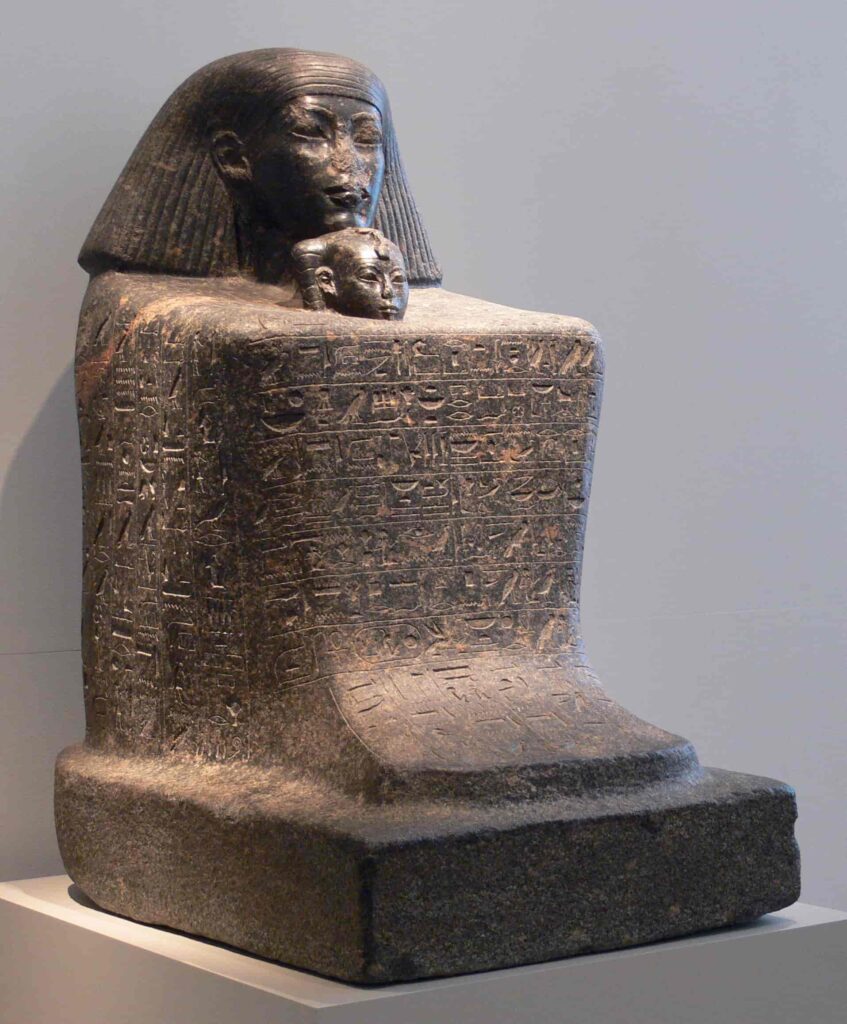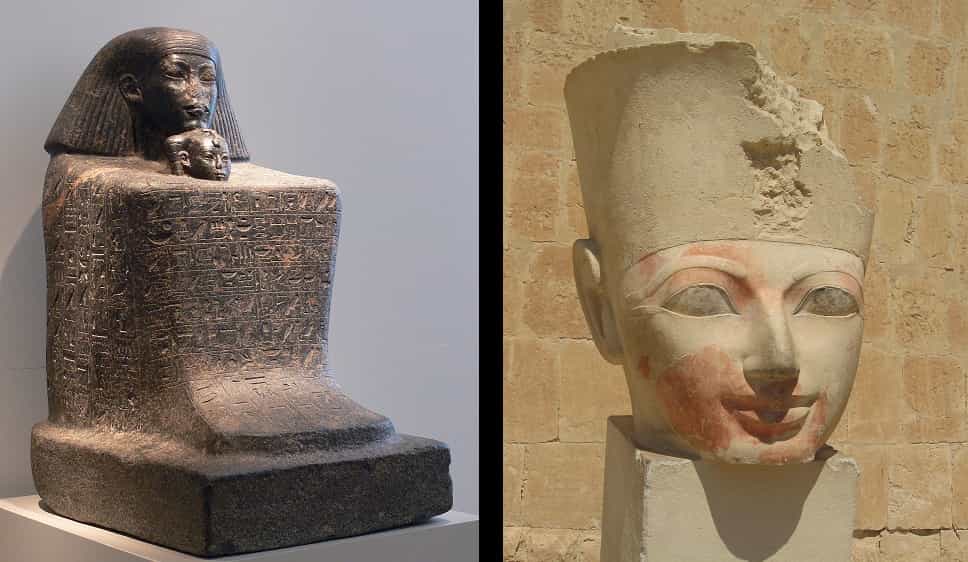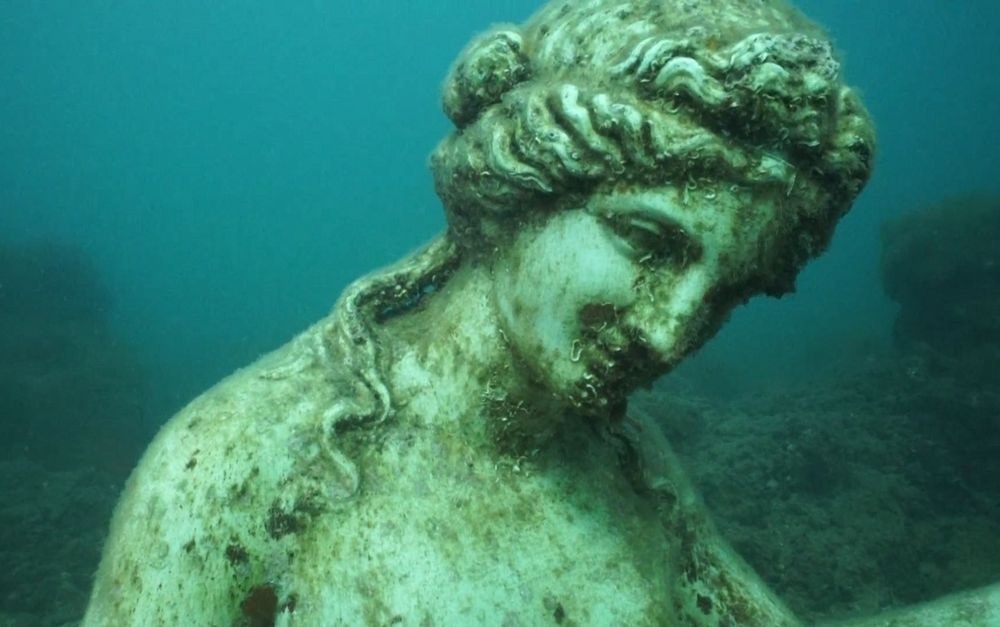Senenmut (also noted Senmout), born in Iuny (modern Armant, about thirty kilometers south of Luxor), is a notable figure of the Egyptian Eighteenth Dynasty, having played a significant role during the reign of Hatshepsut.
His father, Ramose, and his mother, Hatnofer, were perhaps already in the service of Queen Ahmose, the mother of Hatshepsut.
Family
We don’t know much about his childhood or youth. We only know that he, as a young soldier, participated in three campaigns against the Nubians and distinguished himself there.
Relations with the royal family
Senenmut lived in Thebes, where his personal qualities led him to a meteoric career with the royal family. He held numerous titles (about sixty of them are cited), and the royal couple named him guardian of their daughter Neferure. Additionally, he was made the chief administrator of the House of Hatshepsut.
After her husband’s death, the queen entrusted her steward with the task of continuing the project outlined by the deceased: erecting a pair of obelisks at Karnak in honor of Amun.
To achieve this delicate project, the two “solar needles” were mined in a pink granite quarry at el-Mahatta, near Aswan. Senenmut was also the architect responsible for the construction of Hatshepsut’s mortuary temple at Deir el-Bahari.
As the Queen’s High Steward, Senenmut supported her in her accession to the throne. He exercised his authority over high officials in both the civil and priestly realms.
Some wanted to see in his devotion to his queen the signs of a more intimate relationship. Nothing is certain, and it is possible that this particular relationship is simply a sign of gratitude for the very important educational role that Senenmut played with Neferure.
Senenmut, supported by the queen, played an important role in the appearance of a new, more inspired form of statuary. The Queen’s High Steward occupied a prominent place within the reigning family. In a statue preserved in Berlin, we read the text that he had authorized to be engraved:
“I am a noble, loved by my lord, and have entered into the opinion of the Lord of the Two Lands. He made me become the Grand Administrator of his House and Judge of the whole country. I was above the great, Director of construction managers. I acted in this country under his command until death came before him. (Now) I live under the authority of the Lady of the Two Lands, Hatshepsut, may she live forever!”
Burial
Two tombs were prepared for Senenmut, the first (TT71, never completed) in the Theban necropolis of Sheikh Abd el-Qurna, the second (TT353) near Hatshepsut’s temple at Deir el-Bahari.
Senenmut, Hatshepsut’s architect, envisioned the famous mortuary temple of Deir el-Bahari. To stay close to his queen, he had a tomb built for his own use (listed TT 353), containing a historically important document: its astronomical ceiling.








